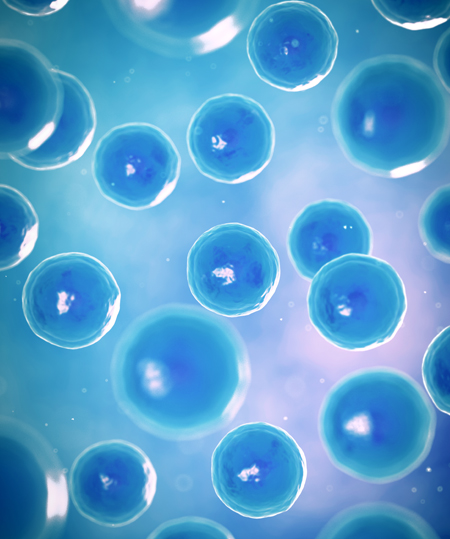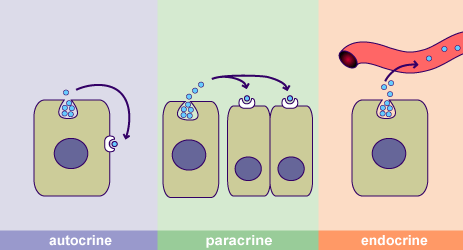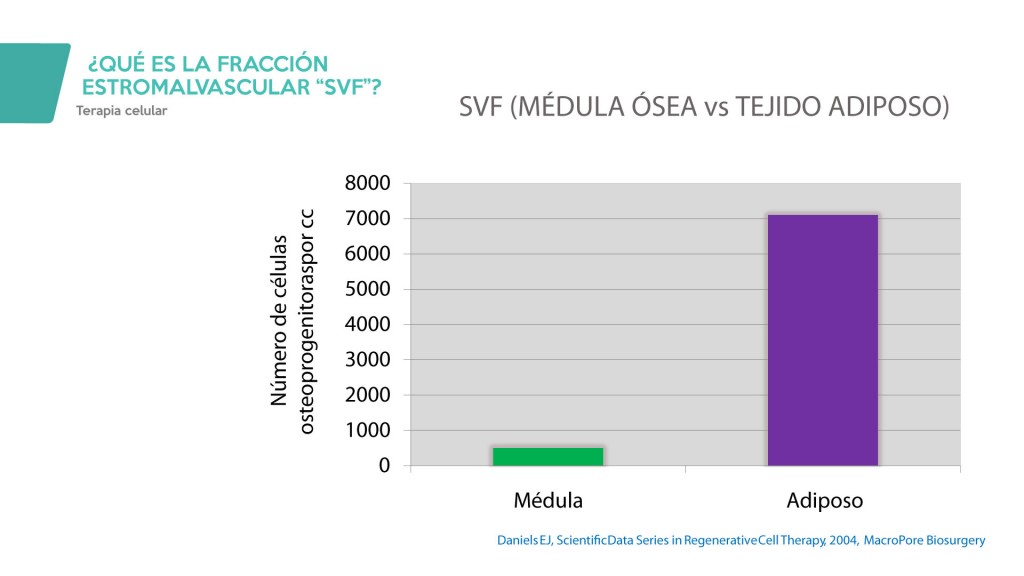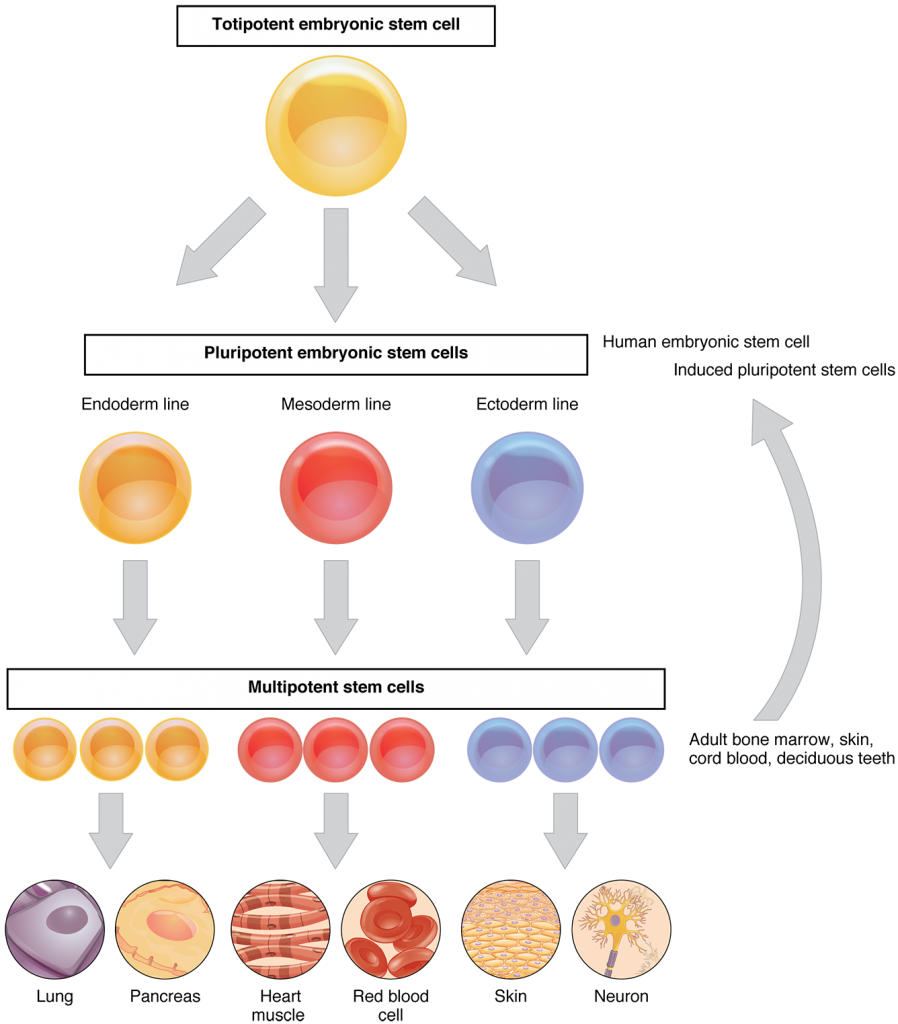Estudios Realizados
The most studied and used truncal cells for years have been the BMSC. These were first discovered and the marrow grade was awarded as the primary source of adult mesenchymal cells. Median transplants in patients with leukemia and / or hematopoietic diseases are examples of the use of BMSC and its curative potential. However, ADSCs are being used more and more frequently and are slowly but inevitably becoming a very valid tool in today’s medicine.
Compared with BMSCs, ADSCs are easier to obtain, with less risk at the time of extraction, and it is also possible to extract larger populations of stromal cells from adipose tissue.
Some of these differences may represent specific characteristics of the BMSC and ADSC, while others are inherent indicative of the heterogeneity of both cell populations. However, it must also be borne in mind that some of the dissimilarities may occur because the protocols for obtaining, isolating and culturing are different.
More importantly, despite these small differences between the two types of cell populations, ADSCs are just as effective as BMSCs. In fact, the stromal cells obtained from adipose tissue appear to be more powerful and resolute when it comes to suppressing or modulating the immune system, thus opening up a huge range of clinical possibilities.








